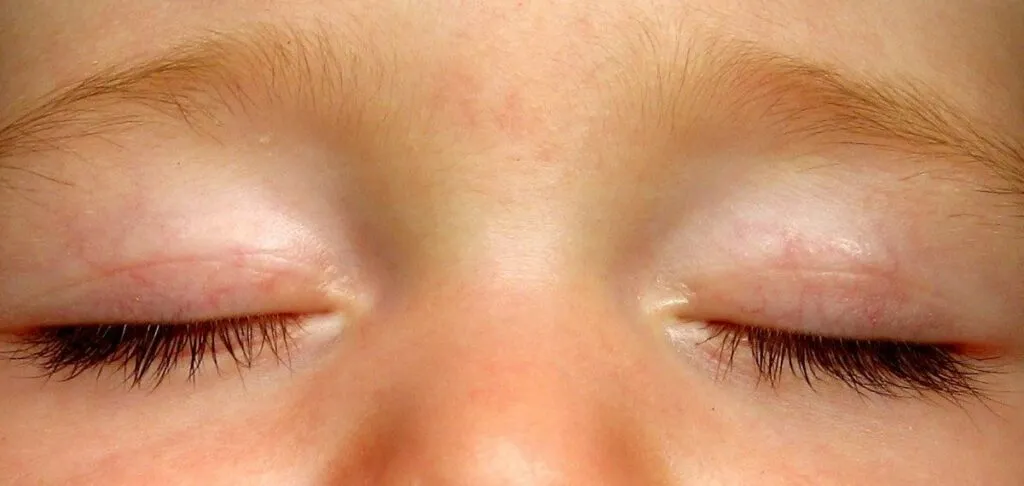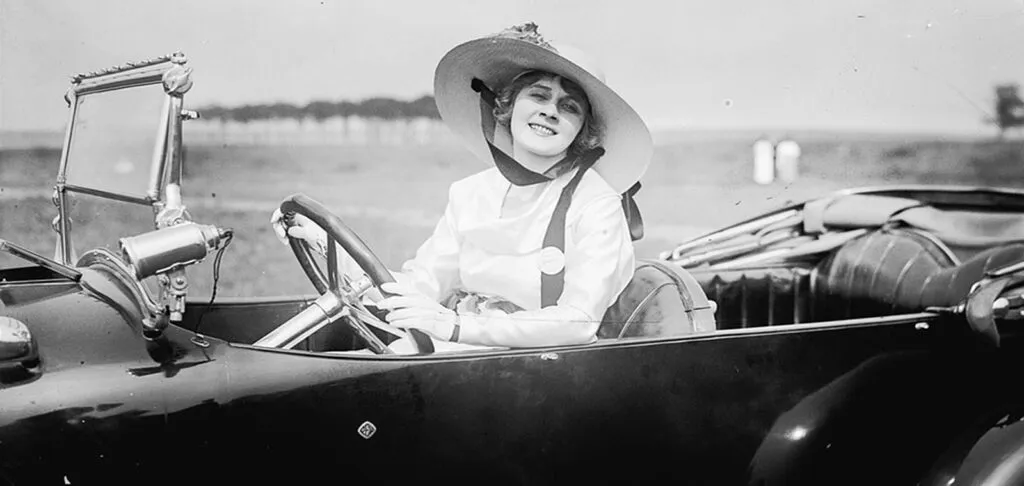
A favorite children’s fairy tale can shape a person’s life scenario, become his subconscious guide for behavior in real life.
The psychoanalysis of magic
American sociologists from Western Illinois University decided to study the impact on children of the most popular fairy tales and after a meticulous study declared a boycott of “Cinderella”, “Snow White and the Seven Dwarfs”, “Sleeping Beauty” and some others. What is it? And that, according to scientists, all these stories nurture and encourage in young heads (especially girls’) ideas about the benefits of external beauty, focus attention on appearance.
Having read fairy tales about princesses, on whom falls happiness and wealth only because of their indescribable beauty, part of the girls may in the future strive for external glitter to the detriment of education and career, and the other half – to experience a powerful psychological discomfort because of their own “ugliness”.
Having reread at least 168 fairy tales, including works by Andersen, the Brothers Grimm and others, the scientists announced some figures: in each fairy tale, accents on appearance were made on average 14 times, and in every fifth magical story the characteristic “ugly” was associated with the concept of “evil”. On this topic, the American psychotherapist Bruno Pettelheim wrote a book with a strange title for a scientific work “Psychoanalysis of Magic”. Having analyzed the fairy tale “Cinderella”, he deduced the life scenario that it sets: to work and remain obedient to fate – this is the behavior worthy of the prince’s love. Meanwhile, in the relationship between the sexes is much more important ability to understand and accept the other person, to compromise, to learn to emphasize their attractiveness. Cinderella was lucky – the fairy made her a beautiful princess in time. But would the prince look in her direction if he found her at home doing the laundry?!
The beautiful fairy tale “Sleeping Beauty”, from the point of view of a psychotherapist, can program for passive waiting. A girl whose favorite heroine in childhood was a princess who fell asleep, without a prince may never “wake up”. But even if he appears, it is far from a fairy tale ending. You can’t build a relationship on smiles. And Sleeping Beauty, according to the fairy tale, could do nothing else…..
Estonian scientists, psychologists from the University of Tartu, have also turned against “Snow White”. They propose to remove this “by definition harmful fairy tale” from the preschool educational program because of… stupidity and naivety of the main character. Firstly, the simpleton Snow White allows herself to be deceived at every step, secondly, she pays the dwarves with laundry and cleaning for her accommodation, and thirdly, she supports the outdated and irrelevant image of a housewife.
While Estonians are pondering the “isolation and deportation” of Snow White, several American states have already removed the story “The Kid and Carlson” from the school curriculum. Outlawed was (oh the horror!) soul Carlson, recognized as an antisocial and destructive element, calling for disobedience and hooliganism. Nanny Freken Bock was also outlawed for her tendency to sadism and discrediting the “baby-sitter” image so popular in the United States. The state of Memphis went even further and banned the staging of “The Bremen Musicians” for “calling for vagrancy”, and “The Steadfast Tin Soldier” was expelled from the repertoire for belittling the dignity of a social group… the disabled.
The diagnoses of Donkey Ea and Winnie the Pooh
Apparently, a rare fairy tale character can boast of mental well-being. Canadian experts focused on the mental health of the characters in Alan Milne’s Winnie the Pooh… and had an epiphany: most of the characters suffer from serious neuroses and need medical help (what is worth the prolonged depression of Donkey Ea). Winnie-the-Pooh himself was diagnosed with attention deficit hyperactivity disorder. By the way, this is not a fairy-tale problem at all.
In Ukraine, the diagnosis of attention deficit disorder appeared about ten years ago along with its symptoms – inability to concentrate and overexcitability. Since then, more and more children have been diagnosed with it. The popularity of Winnie the Pooh has nothing to do with it, of course. Responsibility for the development of the syndrome lies primarily on the violation of mental reactions and natural temperament. It can be treated, however, like many other childhood disorders (fears, neuroses, sleep disorders, aggression, anxiety, psychosomatic diseases) with the help of the same fairy tales.
For this purpose, experienced Kyiv psychologists have invented, voiced, recorded and disseminated a series of meditative fairy tales for children. Stories about “Magic Glade”, “White Cloud” and others are able to relieve pain, relieve overexcitement, improve mood and sleep. The therapeutic effect is achieved with the help of music and special intonations of the storyteller.
Steps to inner renewal
One form of fairy tale therapy is listening. But there are other more active techniques, when a child is asked to retell his favorite fairy tale, and then compare its text with the original. The semantic discrepancies with the book text allow us to judge what the little person emphasizes, what is significant for him, what is missing in life. Sometimes a child is asked to compose his or her own fairy tale: to choose a hero close in spirit and character, to place him or her in an invented country with similarities to his or her own life. Then the psychotherapist, knowing the hidden problem of the child, simulates a crisis situation in the fairy tale and offers the protagonist to find a way out of it. Fictional events allow us to look at what is happening in reality from a different perspective, to find positive meaning in what is happening and alternative options for resolving the situation.
– Through identification with the main character, who in this fairy tale can control everything, despite the terrible trials, the child can conquer his fears and gain self-confidence,” says Alexander Breusenko-Kuznetsov, candidate of psychological sciences. – Most fairy tales present an ideal model of a person’s movement through life, giving him hope that everything will end well.
However, introducing a child exclusively to fairy tales with a happy ending is not the best idea. That is why Alexander Breusenko-Kuznetsov works with teenagers in the popular fantasy genre. The goal is to outline the range of current internal problems, to define the patient’s personal boundaries. For this purpose, during the session (in the best traditions of Tolkien) the patient is invited to draw a fairy-tale map of his state, including the territories of neighbors, friends, and enemies (goblins live across the river, elves live on the mountain).
By choosing the size of the map (small, medium or large sheet) one can judge about the degree of claims to the world. The smaller the sheet – the less personal expansion of the person into the surrounding space, the more modest the level of pretensions. It is important for the therapist to know what the child will draw with. The worst thing is if the child chooses a black pencil, the best is watercolor paints. According to the location on the map of your own state can be judged on the self-esteem of the person: if it is in the center of the sheet – it is all right, if on the outskirts – most likely, there are problems. If the drawer surrounds his country with a high fence or a moat to prevent enemies from getting in, it is possible to assume hidden fears.
Once the map is ready, the psychotherapist makes a diagnosis, discusses the decoding with the patient and suggests drawing a new map – on a wide sheet of paper, with open borders and light symbolism. This will be the first step from fabulous inner renewal to the present.



